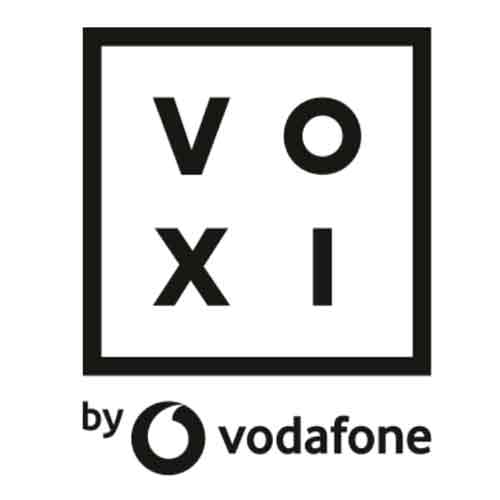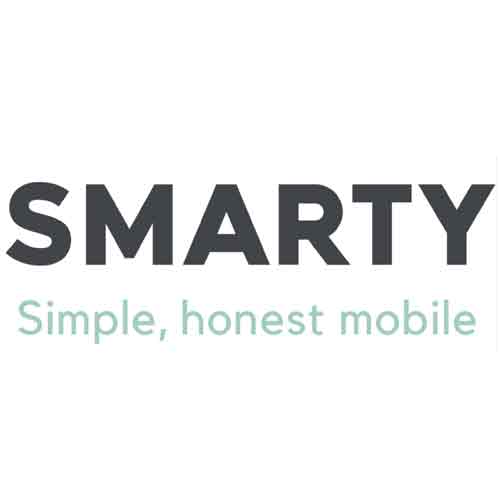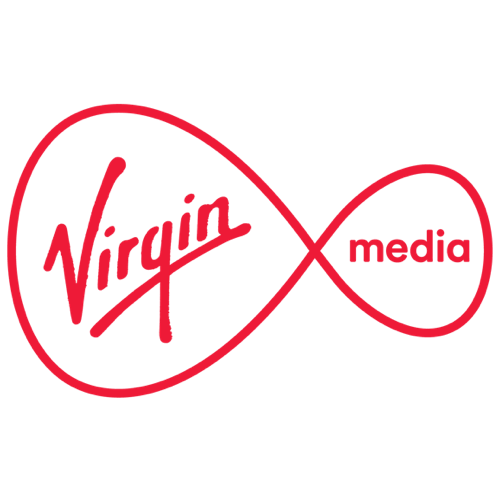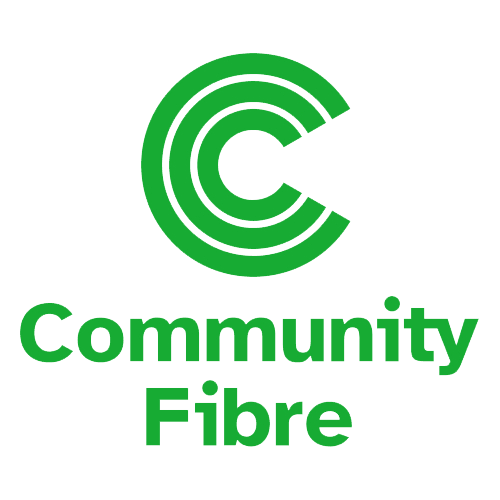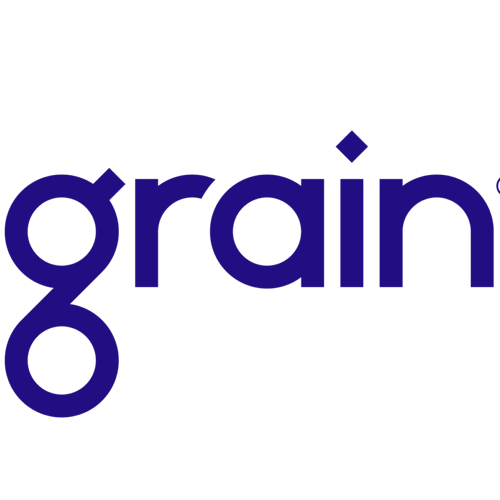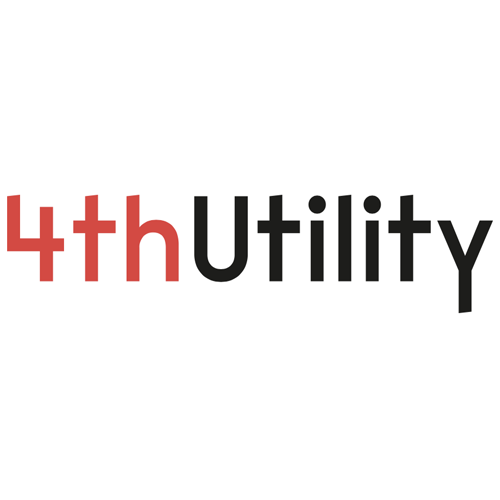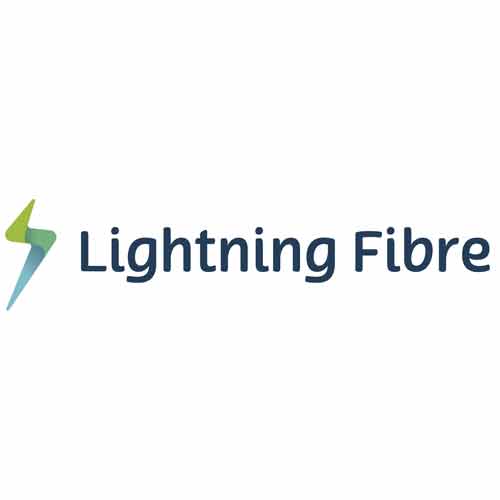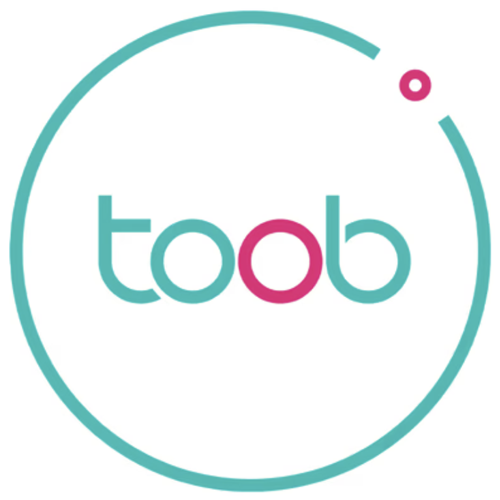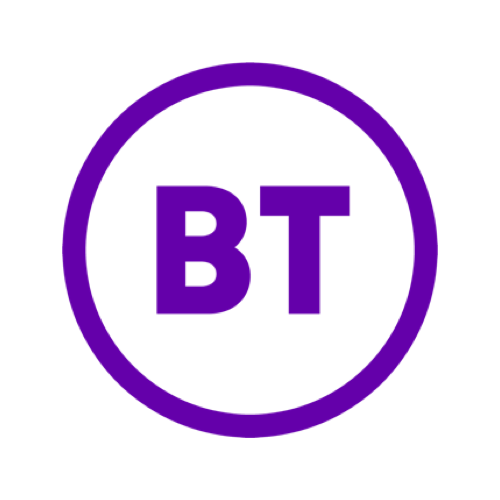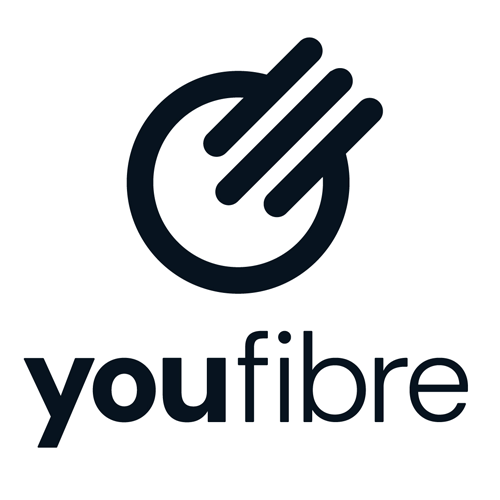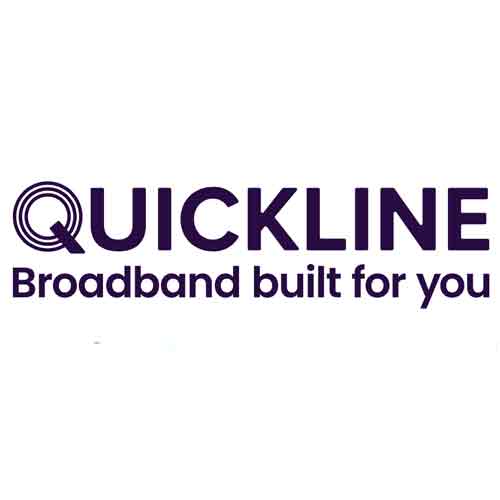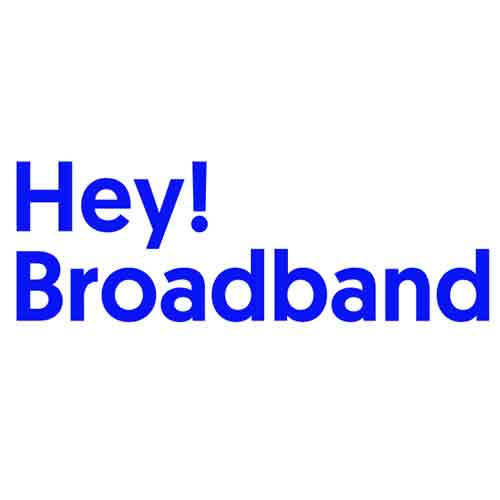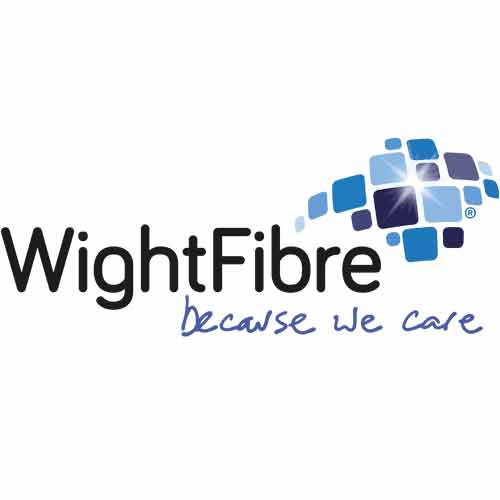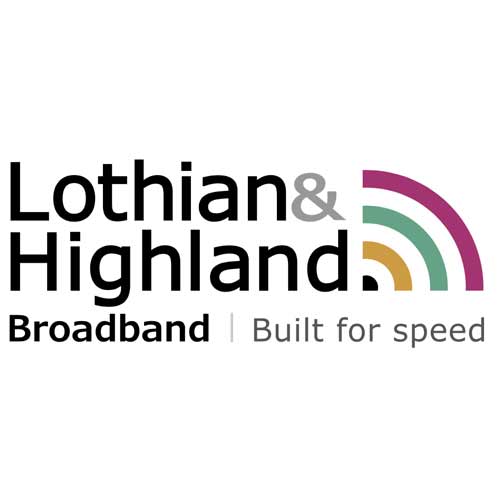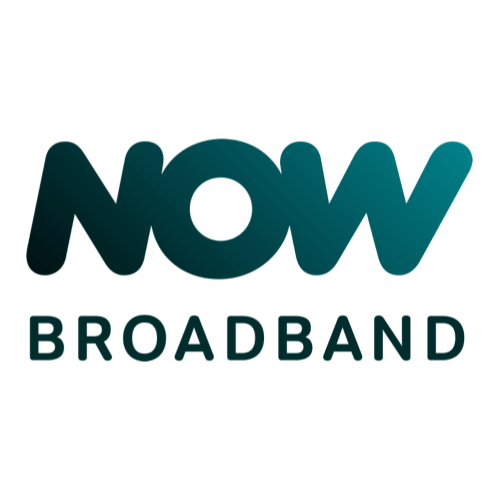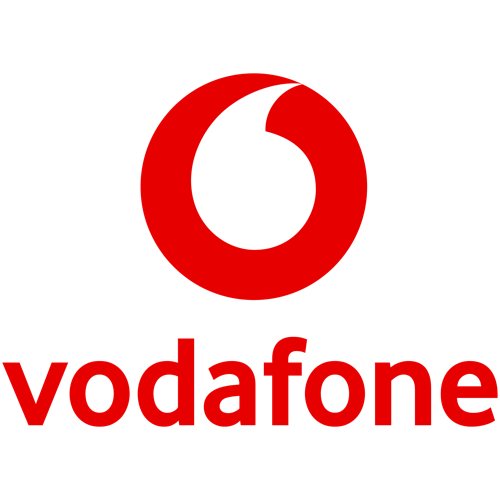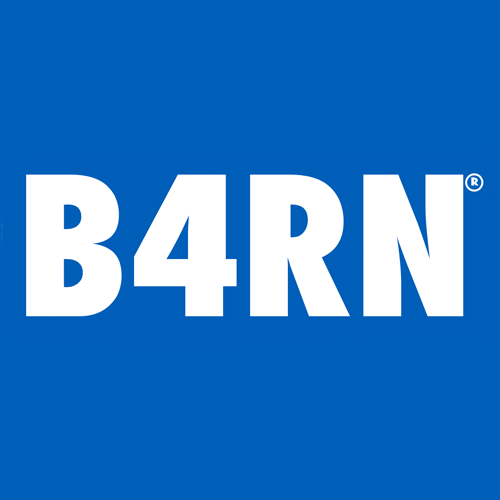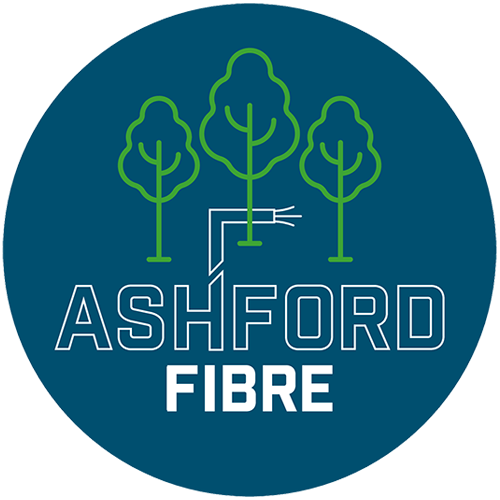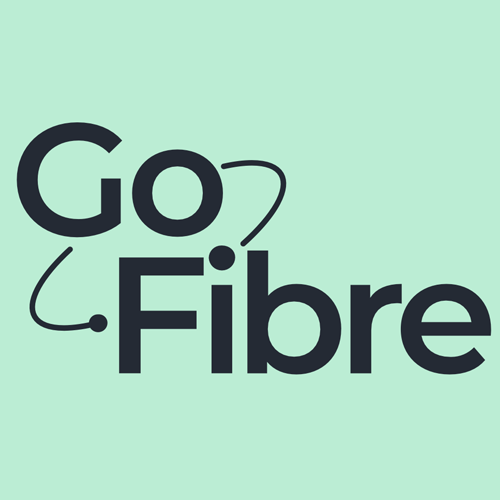What are the benefits of broadband social tariffs?
1. Affordability:
Social tariffs are typically cheaper than regular broadband packages, making them a more accessible option for those with limited financial means.
2. Flexibility in changing circumstances:
One of the standout benefits of a social tariff is that if your financial situation changes and you're unable to continue paying for broadband, you can exit your contract without incurring the usual early termination fees. This provides essential flexibility for individuals who may face unexpected hardships, making it easier to manage financial commitments without facing extra penalties.
3. Same broadband, same equipment:
Social tariff customers receive the same broadband speeds and equipment as they would on a standard package. This ensures that the service itself is not inferior in quality compared to standard broadband deals.
4. Variable speeds:
Social tariff broadband speeds can vary significantly depending on the provider and location. As a rough guide, around 20Mb per person generally offers an adequate service. However, in larger households, this can often be lower per person and still work. For example, a 50Mb connection shared between 5 people can still provide an adequate experience for everyday use. Just keep in mind that data heavy tasks like downloading large files or installing software updates may be better done when others are not using the connection.
Millions of households could save £200 a year by switching to a broadband social tariff. It seems to be 'The industry's best-kept secret'. Astonishingly, out of the 4.3 million households on Universal Credit, less than 6% have switched to a 'social tariff for broadband.' Although the government has been advocating for ISPs to offer social tariffs, they are not obligated to, and those who do are often discreet about it. Sharing this information could make a significant difference for someone in need and create an opportunity for positive change.
Broadband Social Tariff Support
Pensioners in England, Scotland, or Wales who qualify for Pension Credit can access a social broadband tariff. These tariffs offer discounted rates from various broadband providers to help manage the cost of living. You can still qualify for Pension Credit even if you have additional income, savings, or own your home. It’s also worth noting that Pension Credit is separate from the State Pension, so receiving a State Pension does not affect your eligibility for Pension Credit.
If you're not currently claiming Pension Credit but think you might be eligible, you can check online using the Pension Credit Calculator
Social broadband tariffs for pensioners: How to apply
1. Confirm your eligibility
If you’re receiving Pension Credit, you qualify for social broadband tariffs. Most providers listed here offer discounted broadband packages for pensioners, with the exception of Voxi by Vodafone.
2. Compare and choose a provider
Select ‘Pension Credit’ from our filter options above (a green tick will appear to confirm it's active) to view eligible tariffs. Click on the provider logos to see specific offers or scroll through the list to view all social tariffs.
3. Sign up with your chosen provider
Once you've found a suitable package, select ‘View Tariff’ to go directly to the provider’s sign-up page. Social tariffs are designed to be accommodating, allowing you to exit the contract early if your financial situation changes.
Cheapest broadband option for pensioners
We discuss this question in more detail below under regular 'Broadband Deals' vs. 'Social Tariffs'. It’s important to remember that frequently switching providers to take advantage of introductory deals can be confusing for some pensioners. However, if you’re a savvy pensioner who is comfortable with switching providers and not deterred by technical jargon, you may find a faster broadband package at a cheaper price, compare broadband deals in your area. Just be aware that these offers come with fixed term contracts typically 12 to 24 months, and if your financial circumstances change, you will be responsible for the remainder of your contract. In contrast, while social tariff packages may offer slower speeds, they are generally more than sufficient for most pensioners, and early termination fees will be waived if you needed to end your contract early.
If you're currently under contract and eligible for a broadband social tariff, we recommend contacting your current Internet service provider to inquire about the availability of social tariffs. Most ISPs offer this option as part of their commitment to digital inclusion and social equity. Generally, broadband providers do not impose early termination fees if you switch to a broadband social tariff mid-contract. If you are with TalkTalk, please note that they don't officially have a social tariff; however, they do offer a six-month free tariff, which can be applied for via JobCentre Plus.
TalkTalk offers free broadband to eligible jobseekers through a partnership with the Department for Work and Pensions (DWP), helping to improve digital inclusion and remove employment barriers across the UK. Launched in 2021 to support jobseekers as more training and job support moved online, the scheme provides a no-contract voucher for six months of TalkTalk’s Fibre 35 broadband package. This package includes unlimited data with speeds up to 38Mbps, along with a free Wi-Fi hub, ensuring a reliable broadband connection for the duration of the offer.
Here’s how it works: As part of the Flexible Support Fund, TalkTalk supplies referral codes to the DWP, who then distribute these codes to eligible jobseekers. To qualify, you must be receiving Universal Credit and have a Jobcentre Plus work coach. If eligible, a Jobcentre Plus staff member will provide you with a voucher code, which can be redeemed by calling the dedicated TalkTalk phone number they give you. This process allows you to bypass the usual credit check. Once you’ve received the code, you can redeem it to pre-pay for six months of service. At the end of the six-month period, you can either choose to continue with a paid contract or cancel the service without any additional costs. If you decide not to continue, simply return the equipment using the prepaid service provided.
- 6 Months free broadband
- Contact Jobcentre Plus to request a TalkTalk referral code
- Broadband only service
- No additional costs or sign-up fees
- 35Mb broadband supplied by TalkTalk
- Unlimited usage
No, whilst FasterBroadband sometimes receives referral commission from standard broadband deals, the social tariff comparison tool is run as a not-for-profit service. It’s free to use and exists solely to support digital inclusion especially for people on low incomes or those struggling to get online. We don’t accept payment for placement positions in any part of our service. We also regularly review and manually include providers that aren’t part of our postcode checker to keep the service as complete and accessible as possible.
If you know of an organisation or service that could benefit the community, please get in touch so we can consider adding it.
To be eligible for a broadband social tariff, you must claim one of the Government schemes listed below. Alternatively, you can use our broadband availability checker to find cheap broadband deals in your area that are available to everyone. The broadband market is highly competitive for new customers, and you're likely to receive a similar discount to a social tariff during your first year. Be sure to note when your contract period is due to end, as prices will likely increase after your welcome period. Ideally, consider switching to a provider that offers a social tariff, even if you do not choose it initially. If your financial circumstances change, you'll be better positioned to switch to the social tariff without incurring any early termination charges.
- Universal Credit
- Pension Credit
- Income Support
- Income-based Job Seekers Allowance (JSA)
- Income-based Employment & Support Allowance (ESA)
- Personal Independence Payment (PIP)
- Attendance Allowance - Care Leavers support
Broadband social tariffs are designed for individuals and households with low incomes. They often include waivers for early termination charges. These tariffs are designed to be flexible and accommodate those facing financial difficulties. If this flexibility is important to you, make sure that you clarify the deal you are considering offers these options. Before cancelling, it's essential to have a direct conversation with your ISP to understand any charges you may incur and to explore any potential flexibility they may offer to assist your situation.
When comparing regular broadband deals with social tariffs, it’s important to consider various factors that can impact your decision. Regular broadband deals often feature attractive rates for new customers, along with incentive offers such as cashback, bill credits and free gifts, making them appealing options. However, these offers usually come with long fixed-term contracts, typically 18 to 24 months. Exiting your contract early will incur exit fees. Providers may also adjust monthly fees annually in line with the Retail or Consumer Price Index.
In contrast, social tariffs offer long term, affordable broadband solutions without the risk of in-contract price rises, annual consumer index adjustments, or exit fees, making them an excellent choice for those who prefer stability with a single supplier. While social tariffs may typically provide slower speeds, they are designed for individuals and households who want to avoid the hassle of frequently switching providers to access the cheapest rates. If you know what you’re looking for and are comfortable committing to a contract, you may find a broadband deal that is cheaper than a social tariff during the initial contract term. For added peace of mind, consider choosing a broadband provider that is part of the Ofcom compensation scheme; you can learn more about this in our 'essential broadband guide'.
There are no time constraints other than the initial contract period. At the end of your contract, your provider will re-check your eligibility so that you can continue to receive the discounted rates.
To help you save money, we aim to provide you with a wide range of choices. Our broadband availability checker can search for the best broadband deals in your area by postcode. However, like all comparison sites, there may be small independent internet service providers that are not listed. To address this, we manually list them above, along with the regions they cover if they are not nationwide. Simply click through to the provider and enter your postcode to check availability. Alternatively, you can enter your postcode into our checker to find the best deals and identify providers offering social tariffs.
Unfortunately, broadband providers have different eligibility criteria for offering a broadband social tariff. You can use the filters at the top of the page to determine which internet providers offer discounts based on your benefit type. If these are limited or unavailable in your area and you are out of contract, consider switching to a new provider. Discounted rates and cashback offers are regularly available to new customers. Low-cost broadband providers
Charity Excellence is a free one-stop shop that helps non-profits, families, and individuals find funding and connect with free support groups.
SimPal FasterBroadband are proud to be a part of the SimPal family. SimPal is a charity organisation founded by Chris Lewis. Their unique charity helps to keep people connected using pre-loved mobiles and data SIM's. If you're a fundraiser, donations are very much appreciated.
Turn2us can help you check your benefit entitlement with their free and confidential Benefits Calculator, which determines what benefits you may be eligible to claim.
There’s some confusion around the delivery charge for the BT Home Essentials router. Martin Lewis at
MoneySavingExpert reports a one-off delivery fee of £11.99, while BT’s own residential
Consumer Price Guide (effective 30th May 2025) states it’s £9.99. When we contacted BT directly, we were told the charge can vary sometimes £11.90, (yet another price) sometimes it's free. So, if you’re calling to switch to a BT social tariff, it’s always worth politely asking if they can waive the delivery fee.
(A bit of charm might just save you a tenner!)
Contact BT about Home Essentials social tariffs:
BT customers: 0800 800 150
EE customers: 0800 079 5122
Monday – Friday: 8am – 9pm
Saturday – Sunday: 8am – 8pm
